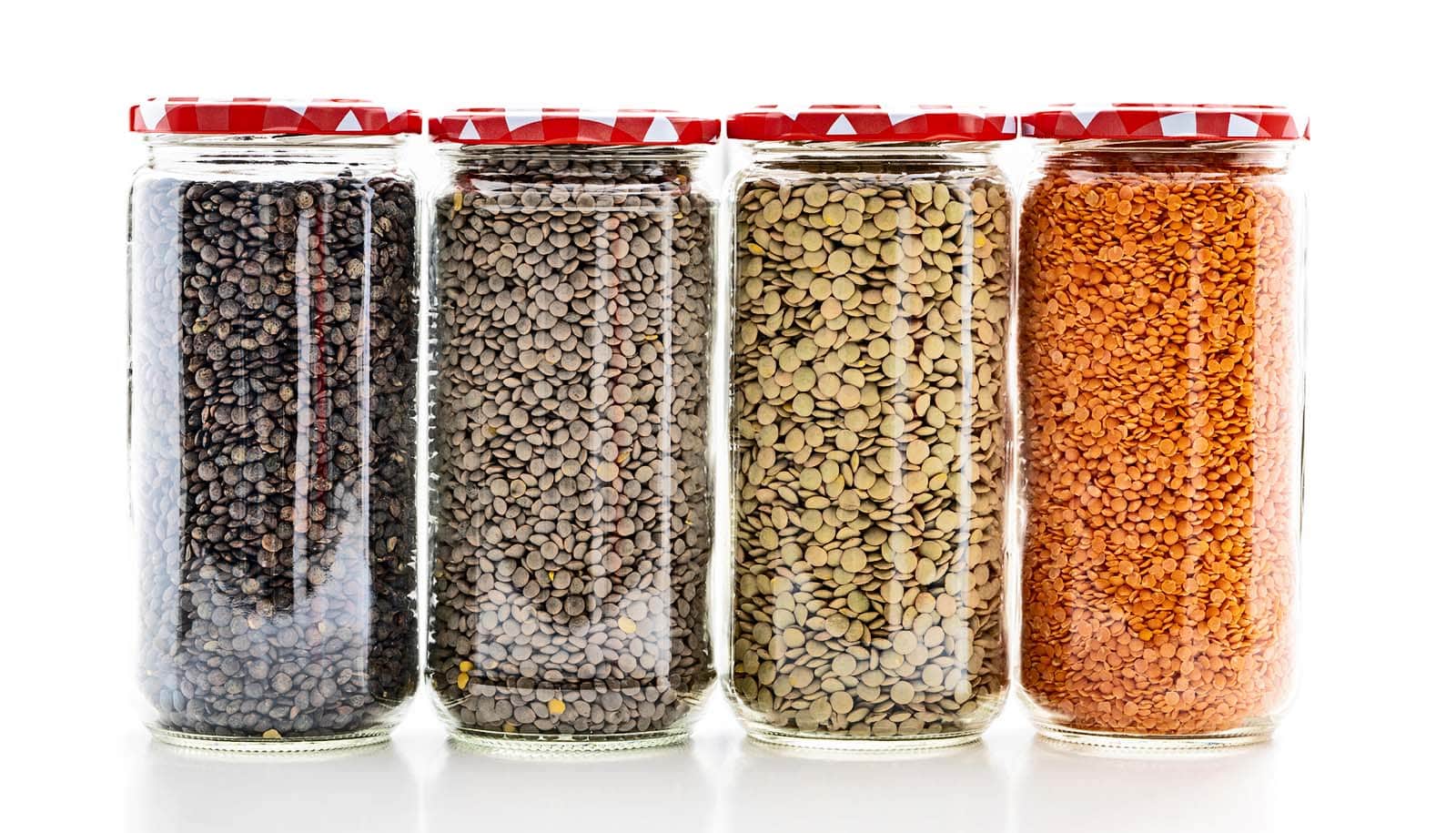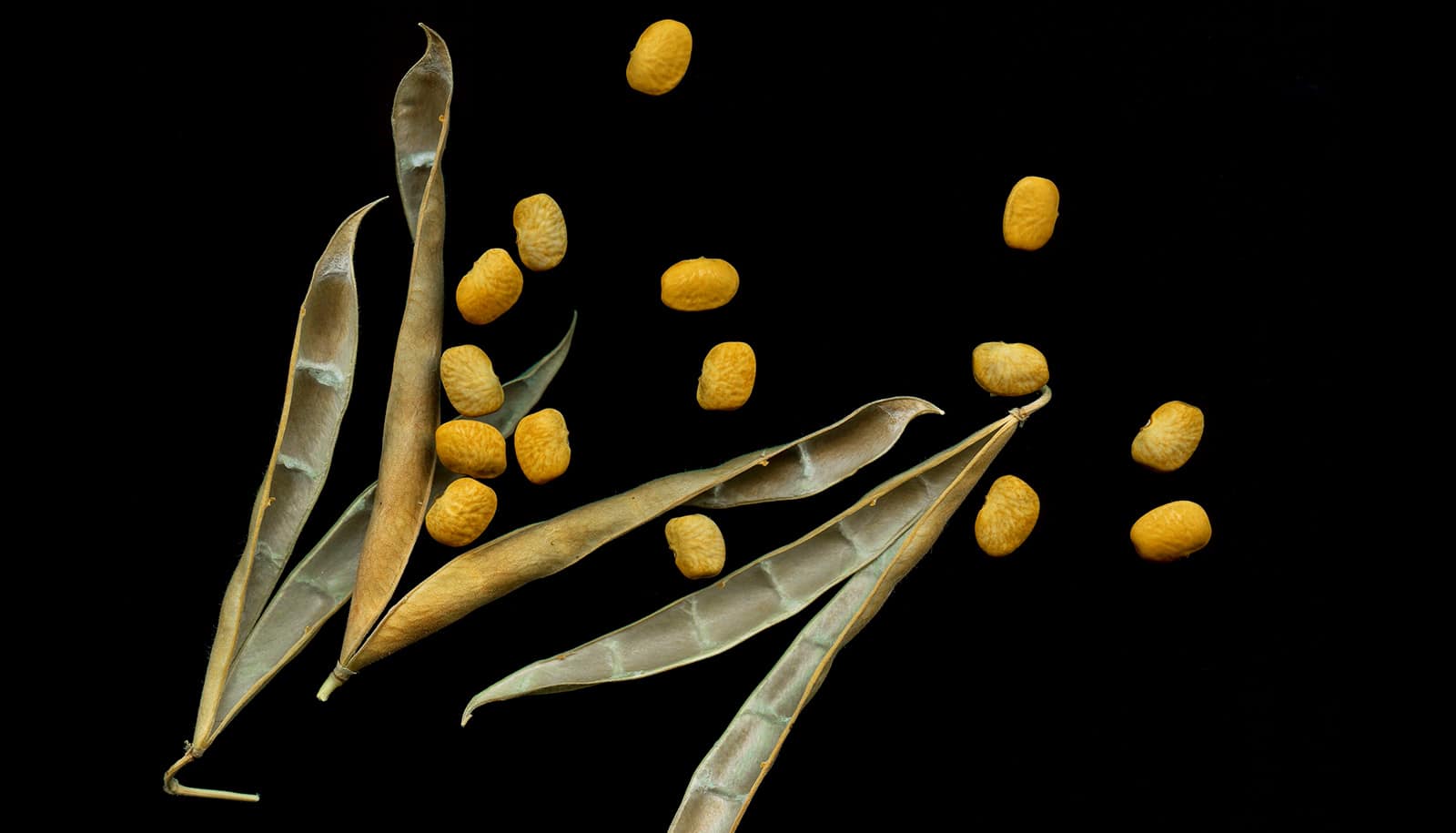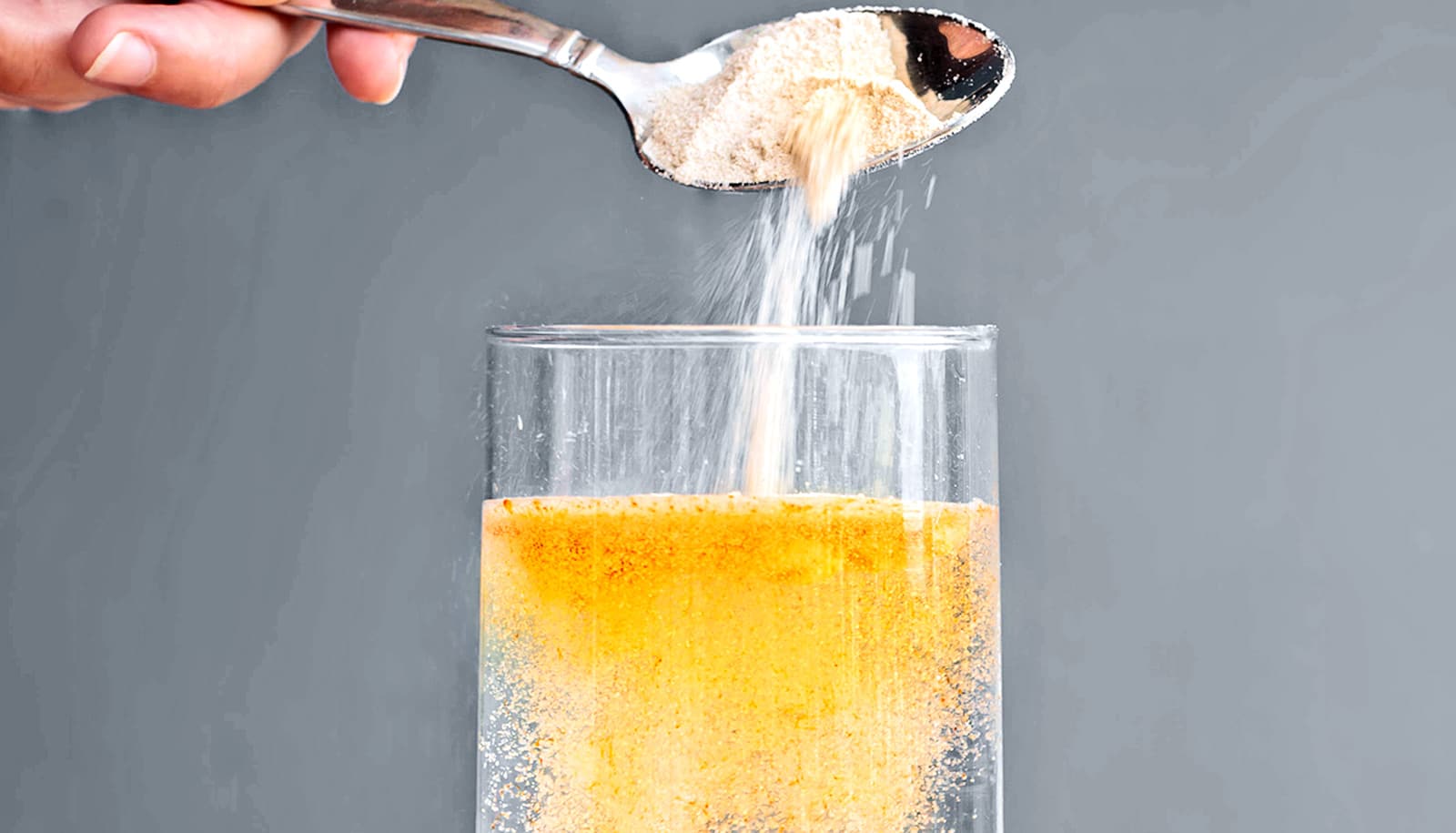People aren’t eating pulses—a category of food that includes beans, lentils, and peas—due to lack of awareness and tradition, research in Europe finds.
Pulses, which have two- to three-times the protein as cereals, could replace meat protein while being sustainable and climate friendly.
Pulses have a unique ability to capture nitrogen from the air and fix it to soil to create fertilizer, which benefits other plants as well. This makes the need for additional fertilizer negligible, as well as the crop’s greenhouse gas emissions.
In her studies, Katharina Henn aimed to get an overview of pulse consumption across Europe, and in doing so, identify the obstacles that challenge consumers. The findings appear in the journals Food Quality and Preference, Food Research International, and Future Foods.
Pulses in Denmark, Germany, Poland, Spain, and the UK
People in Denmark have roughly average knowledge of pulses, they come in last place for quantity and variety of pulses eaten.
“There is nothing bad to say about them.”
Conversely, while pulse awareness among the British is at the low end, consumption is midway to the top, below Poland and Spain. The results don’t explain whether this is because baked beans are popular in the UK. However, UK health authorities do include baked beans among their daily fruit and vegetable intake recommendations.
According to Henn, “there’s nothing wrong with canned beans. It’s a common misconception among consumers that canned foods are unhealthy. They may come in a sugary sauce, but the beans are fine.”
Spain is at the top of the class when it comes to awareness, the variation of pulses used and total consumption. The country’s historic interaction with Middle Eastern culinary traditions could be the reason. Regardless, pulses are a natural part of Spain’s Mediterranean diet, notes Henn. In Germany, her own country, the traditions have been forgotten.
“In Germany, there were once many traditional dishes that included pulses, such as lentil and sausage stew. But they’ve gone out of fashion. This partly explains why Germans know so much about pulses, but don’t have a matching appetite for them,” explains Henn.
Henn thinks that the solution to the low consumption is to build European traditions instead of focusing on meat-like substitutes.
“There is a lot of interest in meat substitutes because the industry thinks that consumers need products which resemble familiar foods, like burger patties. But from a nutritional perspective, we don’t need these imitation products. In fact, our studies show that consumers would often prefer pulses just as they are,” says Henn, who continues:
“Pulses have been a traditional foodstuff for a long time, so including them in a wider variety of products would be welcome. But there’s no need for loads of adaptation and innovation. Not to the extent needed with regards to insects or lab-grown meat for example. What is really needed is knowledge and inspiration to prepare them, so that people begin to consider pulses when planning meals.”
CO2 from protein sources
The studies also included a life cycle assessment for pulses which lays out their greenhouse gas footprints from production to consumption—start to finish. This underscored the huge potential of pulses, particularly at a time when our planet demands it.
Average greenhouse gas emissions (in CO2) for various pulses:
- Dried beans: 11 kg CO2/kg protein
- Canned beans: 23 kg CO2/kg protein
- Beef: 499 kg CO2/kg protein
- Lamb: 198.5 kg CO2/kg protein
- Protein: 190 kg CO2/kg protein
- Cheese: 108 kg CO2/kg protein
“Our global population has just reached 8 billion and we are amid a climate crisis. This calls for three things that pulses can deliver: Food production that can nourish a growing population; that can be climate friendly without significant greenhouse gas emissions; and do so in a future with more difficult growing conditions that includes drought, among other things,” says Henn.
“Now may be the time for a conversation about pulses in Europe, a cheap food that is nutritious and benefits climate and environment. There is nothing bad to say about them,” she says.
The work had support from the European Union Framework Program for Research and Innovation Horizon 2020 under the Marie Skłodowska-Curie Training Network “FOODENGINE.”
Source: Kristian Bjørn-Hansen for University of Copenhagen



